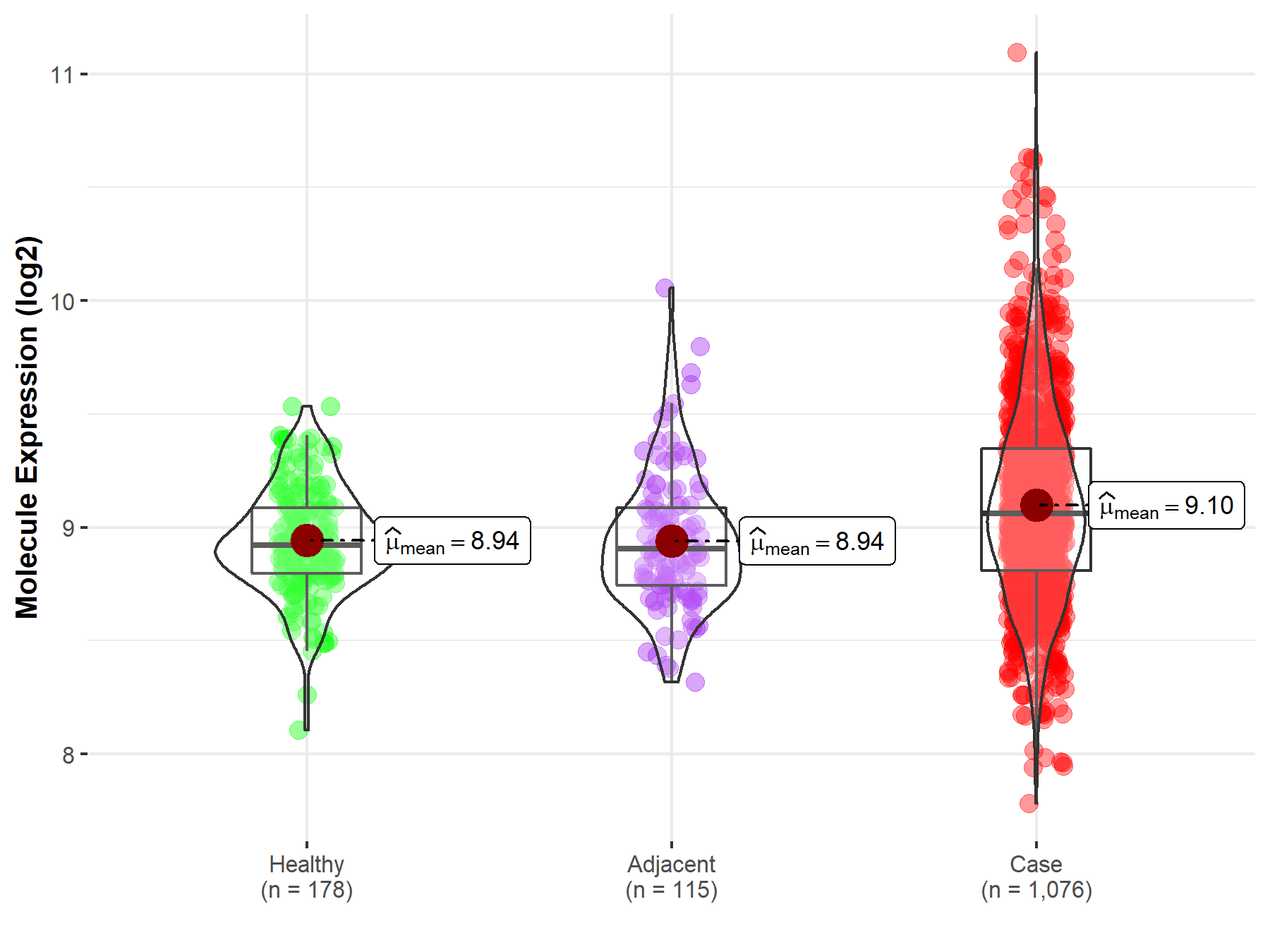Molecule Information
General Information of the Molecule (ID: Mol00692)
| Name |
Ubiquitin carboxyl-terminal hydrolase 14 (USP14)
,Homo sapiens
|
||||
|---|---|---|---|---|---|
| Synonyms |
Deubiquitinating enzyme 14; Ubiquitin thioesterase 14; Ubiquitin-specific-processing protease 14; TGT
Click to Show/Hide
|
||||
| Molecule Type |
Protein
|
||||
| Gene Name |
USP14
|
||||
| Gene ID | |||||
| Location |
chr18:158383-214629[+]
|
||||
| Sequence |
MPLYSVTVKWGKEKFEGVELNTDEPPMVFKAQLFALTGVQPARQKVMVKGGTLKDDDWGN
IKIKNGMTLLMMGSADALPEEPSAKTVFVEDMTEEQLASAMELPCGLTNLGNTCYMNATV QCIRSVPELKDALKRYAGALRASGEMASAQYITAALRDLFDSMDKTSSSIPPIILLQFLH MAFPQFAEKGEQGQYLQQDANECWIQMMRVLQQKLEAIEDDSVKETDSSSASAATPSKKK SLIDQFFGVEFETTMKCTESEEEEVTKGKENQLQLSCFINQEVKYLFTGLKLRLQEEITK QSPTLQRNALYIKSSKISRLPAYLTIQMVRFFYKEKESVNAKVLKDVKFPLMLDMYELCT PELQEKMVSFRSKFKDLEDKKVNQQPNTSDKKSSPQKEVKYEPFSFADDIGSNNCGYYDL QAVLTHQGRSSSSGHYVSWVKRKQDEWIKFDDDKVSIVTPEDILRLSGGGDWHIAYVLLY GPRRVEIMEEESEQ Click to Show/Hide
|
||||
| Function |
Proteasome-associated deubiquitinase which releases ubiquitin from the proteasome targeted ubiquitinated proteins. Ensures the regeneration of ubiquitin at the proteasome. Is a reversibly associated subunit of the proteasome and a large fraction of proteasome-free protein exists within the cell. Required for the degradation of the chemokine receptor CXCR4 which is critical for CXCL12-induced cell chemotaxis. Serves also as a physiological inhibitor of endoplasmic reticulum-associated degradation (ERAD) under the non-stressed condition by inhibiting the degradation of unfolded endoplasmic reticulum proteins via interaction with ERN1. Indispensable for synaptic development and function at neuromuscular junctions (NMJs). Plays a role in the innate immune defense against viruses by stabilizing the viral DNA sensor CGAS and thus inhibiting its autophagic degradation.
Click to Show/Hide
|
||||
| Uniprot ID | |||||
| Ensembl ID | |||||
| HGNC ID | |||||
| Click to Show/Hide the Complete Species Lineage | |||||
Type(s) of Resistant Mechanism of This Molecule
Drug Resistance Data Categorized by Drug
Approved Drug(s)
1 drug(s) in total
| Drug Sensitivity Data Categorized by Their Corresponding Mechanisms | ||||
|
|
||||
| Disease Class: Non-small cell lung cancer | [1] | |||
| Sensitive Disease | Non-small cell lung cancer [ICD-11: 2C25.Y] | |||
| Sensitive Drug | Gefitinib | |||
| Molecule Alteration | Expression | Down-regulation |
||
| Experimental Note | Revealed Based on the Cell Line Data | |||
| Cell Pathway Regulation | Cell apoptosis | Activation | hsa04210 | |
| Cell viability | Inhibition | hsa05200 | ||
| In Vitro Model | SPC-A1 cells | Lung | Homo sapiens (Human) | CVCL_6955 |
| NCI-H1650 cells | Lung | Homo sapiens (Human) | CVCL_1483 | |
| Experiment for Molecule Alteration |
Western blot analysis | |||
| Experiment for Drug Resistance |
CCK8 assay; Flow cytometry assay | |||
| Mechanism Description | USP14 is a direct target of hsa-miR-124a, and that hsa-miR-124a inhibits stemness and enhances the gefitinib sensitivity of NSCLC cells by targeting USP14. | |||
Disease- and Tissue-specific Abundances of This Molecule
ICD Disease Classification 02

| Differential expression of molecule in resistant diseases | ||
| The Studied Tissue | Lung | |
| The Specified Disease | Lung cancer | |
| The Expression Level of Disease Section Compare with the Healthy Individual Tissue | p-value: 9.69E-12; Fold-change: 1.41E-01; Z-score: 5.96E-01 | |
| The Expression Level of Disease Section Compare with the Adjacent Tissue | p-value: 1.04E-06; Fold-change: 1.57E-01; Z-score: 5.23E-01 | |
|
Molecule expression in the normal tissue adjacent to the diseased tissue of patients
Molecule expression in the diseased tissue of patients
Molecule expression in the normal tissue of healthy individuals
|
||
| Disease-specific Molecule Abundances |

|
Click to View the Clearer Original Diagram |
Tissue-specific Molecule Abundances in Healthy Individuals


|
||
References
If you find any error in data or bug in web service, please kindly report it to Dr. Sun and Dr. Zhang.
